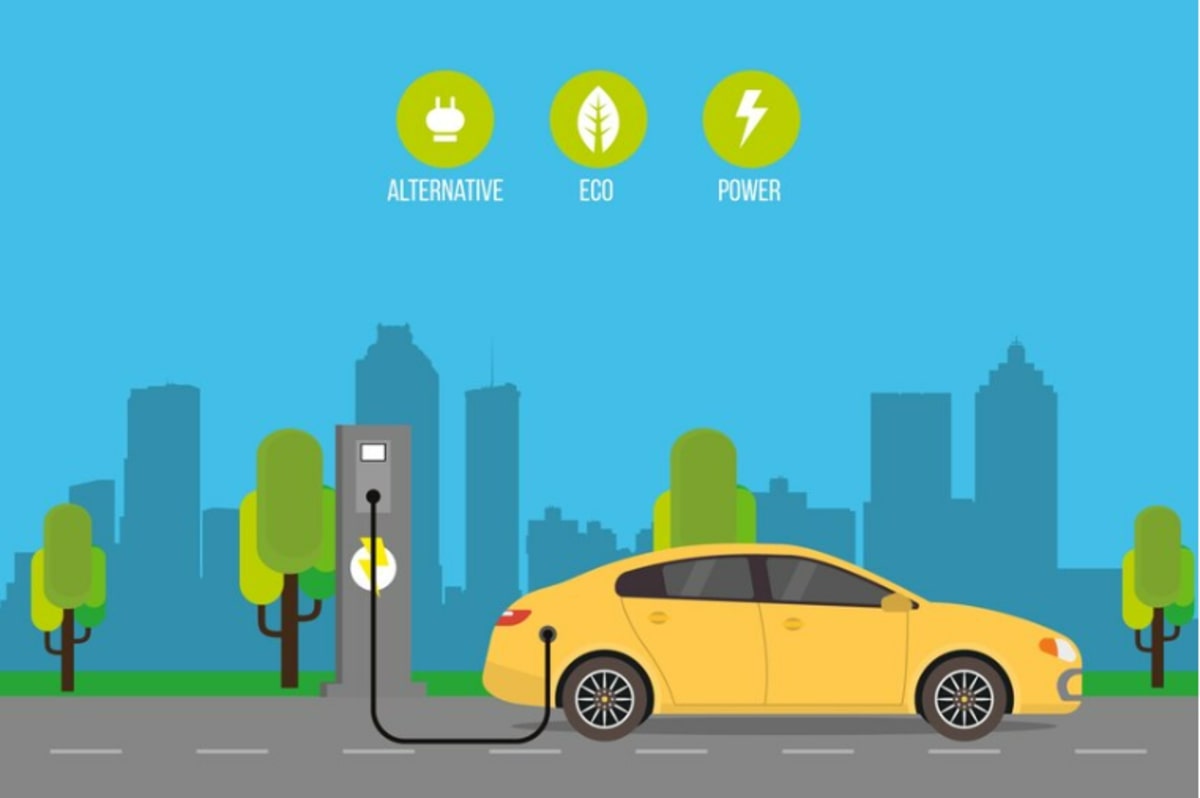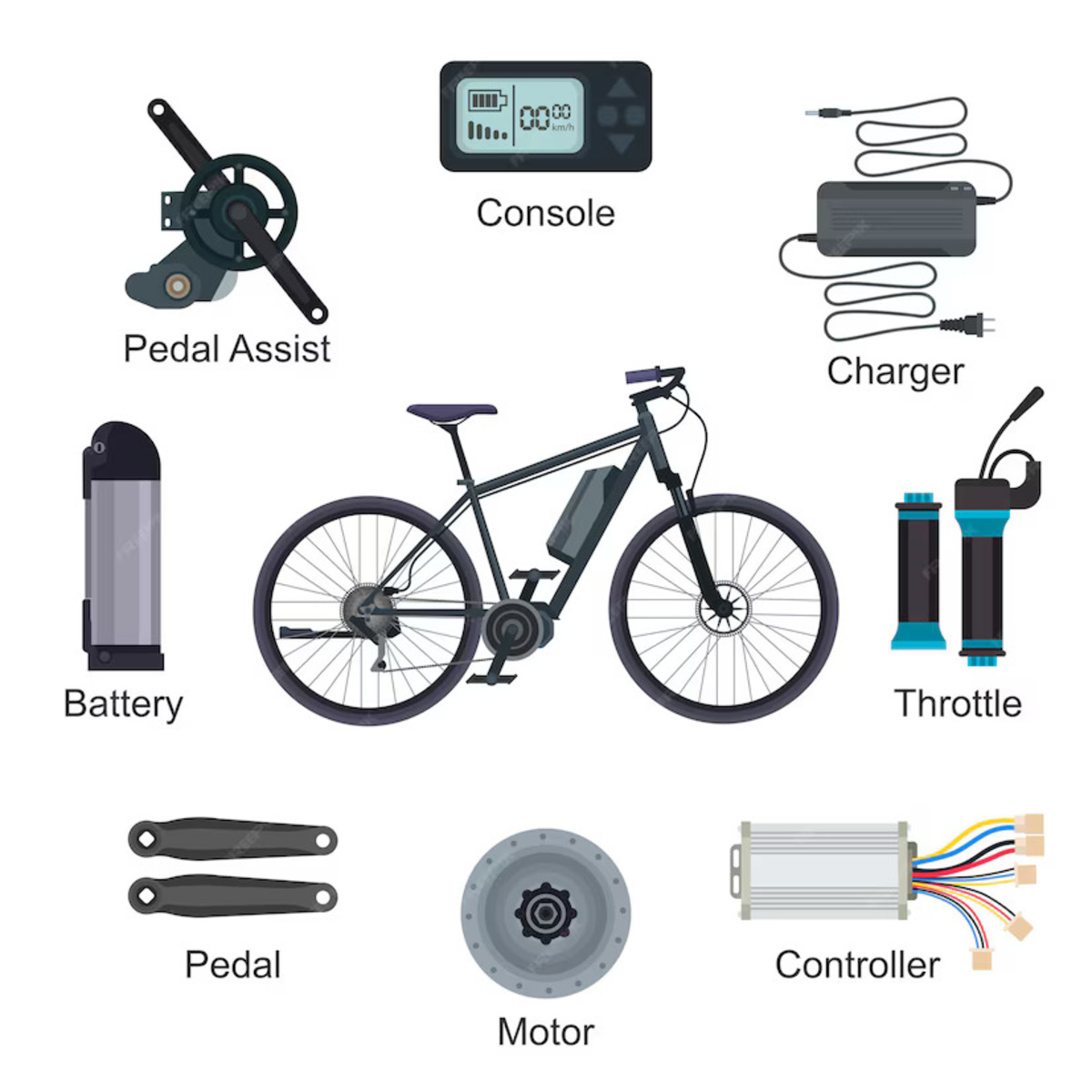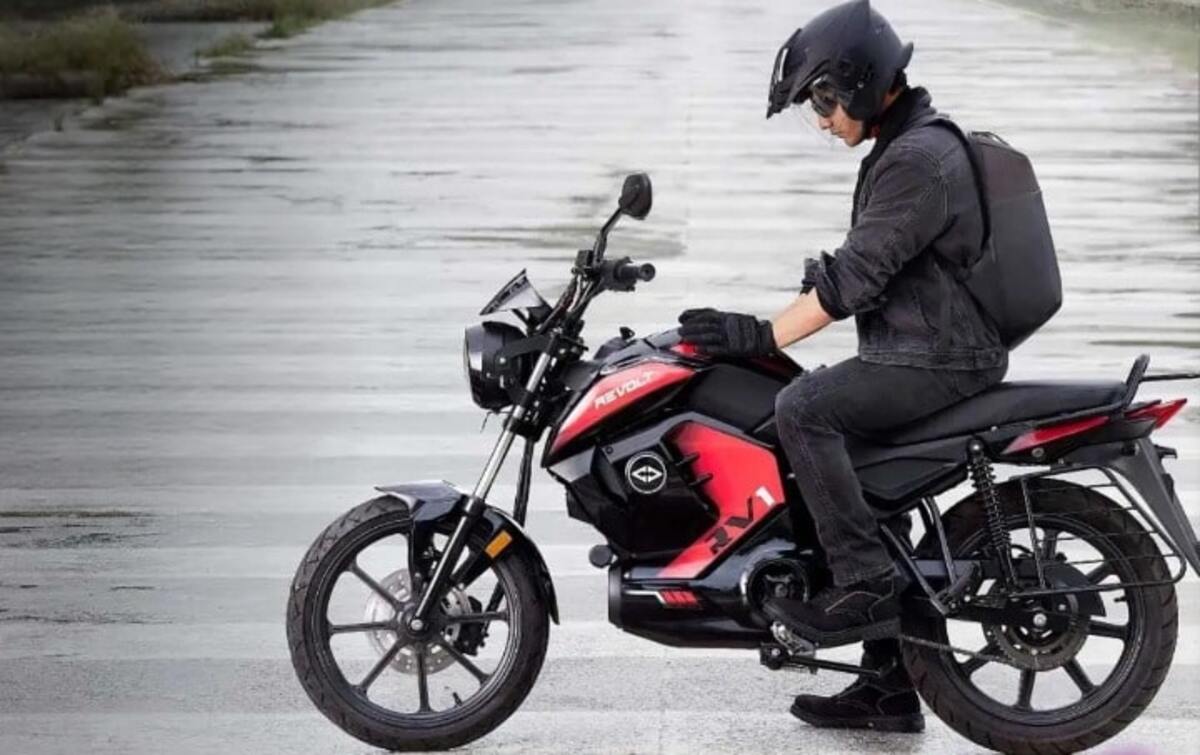Here we will busting 12 common myths about electric vehicles. The common myths about electric vehicles arise due to incomplete information or misconceptions about electric vehicles’ technology. When new technology emerges in a market, it has critics. The electric vehicles we see today on the market are more advanced compared to those when the market for electric vehicles was incepted. With the advancement of technology, the common myths about electric vehicles have changed.
Common Myths about Electric Vehicles

Here are some common myths about electric vehicles:
Myth 1. EVs do not have enough range
Myth 2. EVs are too expensive
Myth 3. EVs are not safe to drive in the rain
Myth 4. EV batteries have recycling problems
Myth 5. EVs take more time to charge
Myth 6. Lack of charging stations
Myth 7. EV batteries have a shorter life span
Myth 8. EVs break down more than ICE vehicles
Myth 9. Limited vehicle options
Myth 10. Electric vehicles can run out of power when stuck in jams
Myth 11. More electric vehicles will overload the grid
Myth 12. To charge EVs, electricity comes from the burning of fossil fuels, resulting in emissions
Now we will be busting 12 common myths about electric vehicles as said above
Busting 12 Common Myths about Electric Vehicles
1. EVs do not have enough range
The persistent myth about electric vehicles is about their limited range, which makes them suitable for short trips only. The early models of electric vehicles had a range issue, but the use of advanced technology has helped increase the range of electric vehicles, and they can travel far without running electricity. You always need proper planning before you decide to go out, and it will help your battery not run out anywhere. Some modern models of EVs offer more than 300 km of travel on a single charge. As technology improves, range anxiety is becoming less of an issue.
2. EVs are too expensive
We believe that battery prices will drop dramatically in the coming years, which will surely reduce their cost. If compared to gasoline engines, EVs are costlier, but their maintenance and repair costs are low, which makes them cheaper.
3. EVs are not safe to drive in the rain
There is a common myth that driving EVs in rain is not safe, but the main components of EVs, like electric motors and batteries, are waterproof, so you should not worry about driving electric vehicles in rain. There is a concern for battery-powered electric vehicles as they catch fire and explode, but crashworthy tests for EVs are helpful to protect them from explosions.
4. EV batteries have recycling problems
The question arises: Are the EVs really green? It is a common myth that the materials that are used in EV batteries have recycling issues, from the raw materials to the complete production, but the fact is that electric vehicle batteries have more recyclable metals that can be recycled for further use.
The government bans disposing of waste material in landfills, but it is actively working to address the concern about recycling EV batteries. Even manufacturers are ready to take used batteries, ensuring the recycling process follows regulatory standards for reusing them. The myth about unsustainable batteries is sure to burst.
5. EVs take more time to charge
The other common myth about electric vehicles is about charging time. Electric vehicles take more time to charge compared to gasoline vehicles. The charging time of electric vehicles may vary depending on the charging infrastructure, advancements in charging technology, and the vehicle’s battery capacity. Planning to charge an electric vehicle can mitigate the charging time. The use of a DC fast charger decreases the time it takes to charge the vehicle. Additionally, you can charge the electric vehicle by plugging it in overnight.
6. Lack of charging stations
The availability of sufficient charging infrastructure supports the adoption of electric vehicles. However, it is a common myth about electric vehicles that a lack of charging infrastructure is the biggest hurdle to widespread EV adoption. The charging infrastructure is expanding rapidly in urban areas, along highways, and at workplaces. In addition, many EV owners prefer to charge the vehicle at home, which is more convenient and affordable.
7. EV batteries have a shorter life span
It is a common myth about electric vehicle batteries that they have a shorter life span and need to be replaced every five years. The concern about battery degradation and its cost is common among EV users. Manufacturers focus on making EV batteries that are designed to last for many years, and they provide a five- to eight-year warranty, covering a significant portion of their life span. Additionally, technological advancements in batteries are continuously improving durability and reducing degradation rates.
8. EVs break down more than ICE vehicles
There is a massive common myth about electric vehicles that they break down more than gasoline vehicles, but the reality is that EVs break down less because of their fewer moving parts. EVs also need fewer fluids, less maintenance, and lower operating costs.
9. Limited vehicle options
It is a common myth about electric vehicles that there are few EV models available, which limits the choice and variety. EVs had limited options in the past, but now major automakers focus on manufacturing various models of EVs, including SUVs, sedans, hatchbacks, coupes, etc.
10. Electric Vehicles Can Run Out of Power When Stuck In Traffic Jams
A popular common myth about electric vehicles claims that while driving EVs, if you get stuck in a jam, EVs can run out of power, but the reality is that EVs use very little energy when they are standing still. Research says that motors do not consume more power when the car is not moving. Only the heating and cooling systems of the vehicles use power at zero speed, which is also a small amount.
11. More electric vehicles will overload the grid
It is a common myth that if several vehicles switch to electric vehicles, it will make the grid unstable and not supply the electricity to meet future demand, but it is a myth about electric vehicles, as proactive planning for handling several EV loads on the grid will manage this transition. It is a gradual process that does not occur overnight.
You can manage the highest peak demand for electricity through VIG, also known as smart charging, and vehicle-to-grid technology. V1G is a system where a charging device and an EV are linked using a data connection, which helps manage EV charges. It uses stored renewable energy during the peak time, and later you can charge the electric vehicle. The other benefits of V1G charging include safe charging and the ability to modify charging time and cost.
12. To charge EVs, electricity comes from the burning of fossil fuels, resulting in emissions
The other significant and common myths about electric vehicles is that to charge them, electricity is created by burning fossil fuels that create emissions. The government focuses on using renewable technologies and supports cleaner and greener systems. The emissions of EVs are not intensive, and they are far better than internal combustion engines.
You may also want to read:
Recycling of Electric Vehicle Batteries
EV Battery Swapping: A leading technology
Complete Guide Of Solar EV Charging Stations
10 Top Places For EV Charging Stations
Conclusion
Dispelling and busting 12 common myths about electric vehicles requires awareness efforts, and EVs will continue to evolve rapidly with technological advancements. As awareness grows about electric vehicles and EV adoption continues to rise, these common myths about electric vehicles are going to diminish further, paving the way for a more sustainable future of transportation. Electrification offers support to move ahead in the electric future. However, a closer examination of common myths about electric vehicles reveals that many of them do not exist in current reality.




